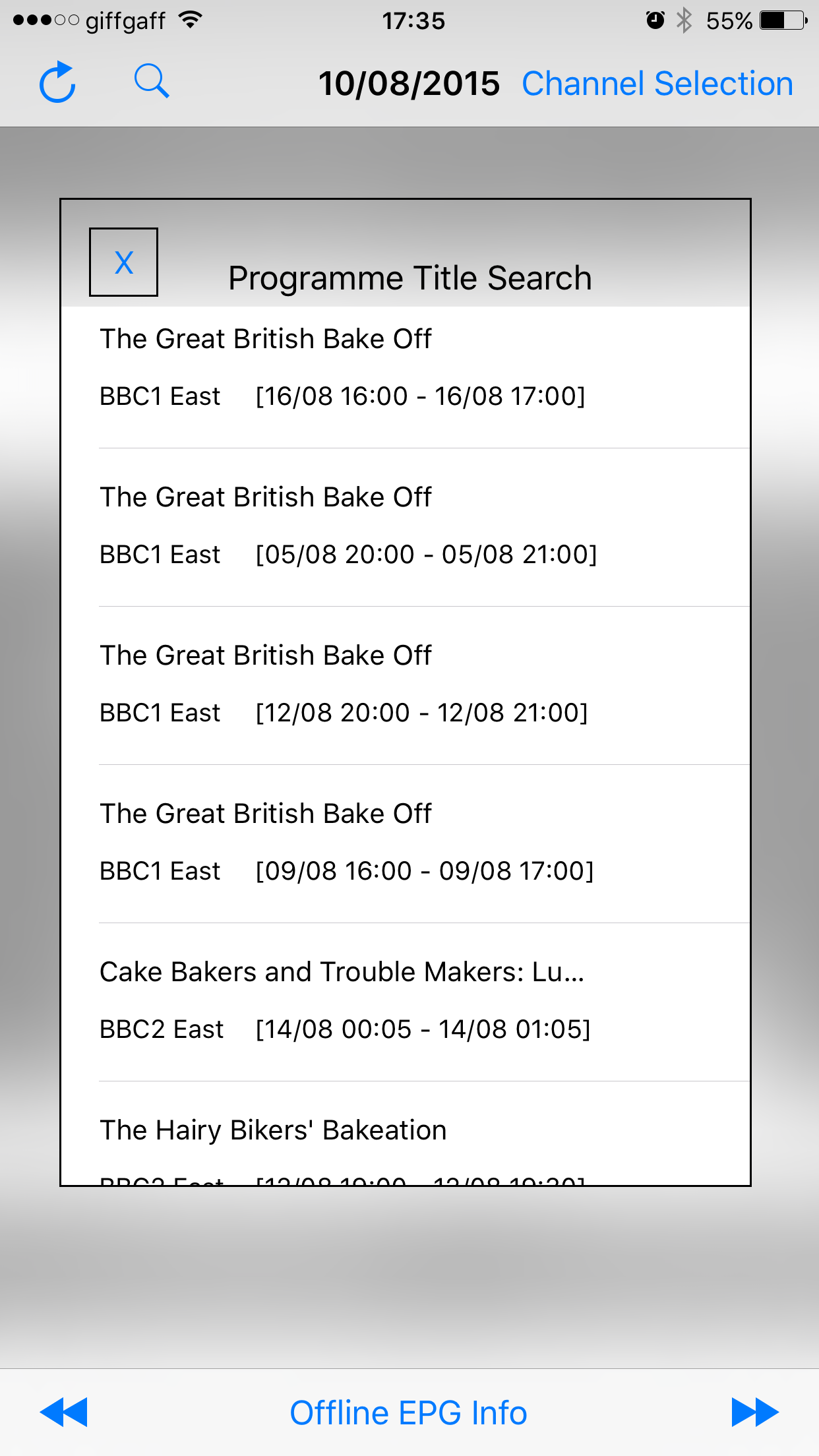I’ve had a few goes at setting up the Motion package on my Raspberry Pi, but I’ve finally abandoned it. In its stead, we recently bought an IP camera manufactured by a company called Annke which, at the time of writing, is among the best selling surveillance cameras on Amazon. It’s a nice piece of kit but given that it only cost £40 and has a lot of moving parts, it’s not one that I expect to survive down the years.
I thought it would be interesting to proxy the traffic on my phone to see what’s happening.
My iPhone isn’t jailbroken, which would have been a showstopper if the server that the app is talking to was using certificate pinning. It’s not. The first call is over plain HTTP. I’m not going to copy it here, because some of the payload is decodes to binary, and there’s a possibility that I might be broadcasting my own password. Doh!
So the first call is a GET to a server running on Amazon’s cloud service, listening on port 7080. I checked the IANA registry: while there is something assigned to that ‘officially’ [some identity management software called empowerid] I think it’s a coincidence, and it’s probably just a web server of some kind running on a non standard port. The response doesn’t report back the server software name. Included in the GET parameters, there are a series of comma and slash [url encoded] separated parameters which are base64 encoded. These decode into binary, and could be anything. Included among the readable parameters is my username.
The response back is a block of JSON, referencing different URLs on the same server, which a geolocation service reliably informs me is in a data centre operated by an outfit called OVH in Roubaix, northern France. The URLs have helpful prefixes: ‘signal’, ‘debug’, ‘ping’, and ‘ntp’ among them. Not all of the URLs are referring to web traffic: there’s one reference to telnet, which is a blast from the past, and another called ‘binnet://’ which is sufficiently non standard that Google keeps insisting on telling me about ‘bonnets’ :). That final ‘binnet’ URL refers back to the original AWS server.
The app then does a second GET to a server, this time in Tampa, Florida. I’m not going to break this one down in any sort of detail because the server refuses the connection, so it can’t be too important!
Next, the app opens a TLS connection to the French server, and does 10 separate GETs. The 3rd of these includes my password, which I registered on first run.
Here’s what I imagine is happening: the camera is going to be polling the server in France cyclically, asking the question, ‘do I need to transmit to you yet?’ When I connect to the same server via the phone app, the answer comes back as a ‘yes’. The camera starts to transmit, and the server then relays the stream back to my app. WireShark should be able to give me some pointers, but I’m running out of time to look at it today. If I find anything interesting or contradictory when I do get round to looking at it, I’ll do a separate post on it.
By the way, the app seems to be using JavaScript to instantiate the video stream in HTML5. Apple have a video from the WWDC in 2013 on exactly this topic.
So in summary, it looks like the video stream of our back garden / the cat / my wife and I occasionally waving at the camera ends up in France, with the server there ‘joining’ the connection from the camera to the app.
The end state with my Raspberry Pi was, well, while not necessary secure in and of its own right, certainly wasn’t nearly as ‘mediated’, shall we say. I set up our broadband router with a port forwarding rule and configuration for a DDNS service. That meant we could connect from our phones to the web server integrated into the Motion package. That was all over vanilla HTTP – hey, at least I set a 401 password!
While I can’t do anything about how the camera operates – a trade-off I’m willing to make based on pure utility – I’m probably going to take a look at partitioning off the network with a proper firewall behind the broadband router [which can be configured to operate as a modem only]. I’ll put all of the ‘less trusted’ devices on their own little segment. Pfsense seems to be the way to go.

